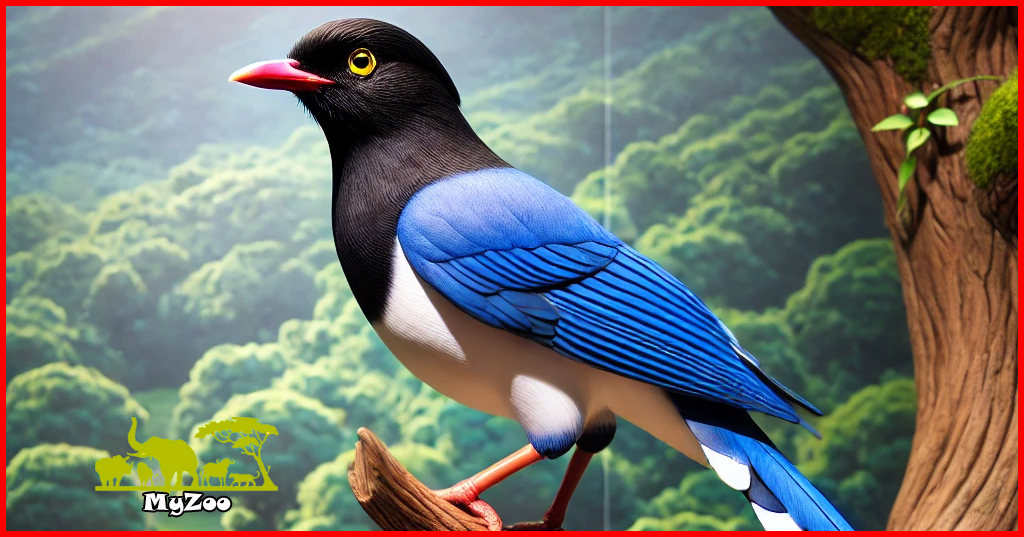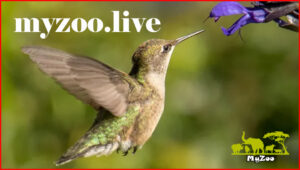
Taiwan Blue Magpie: A Symbol of Beauty and Resilience
The Taiwan blue magpie (Urocissa caerulea) is a strikingly beautiful bird endemic to Taiwan, known for its vibrant plumage, long tail, and intelligent nature. Often regarded as Taiwan’s national bird, the blue magpie holds cultural, ecological, and scientific significance. This blog delves deep into the fascinating world of this avian wonder, covering its habitat, behavior, conservation status, and the role it plays in Taiwan’s natural ecosystem.
Overview of the Taiwan Blue Magpie
The Taiwan blue magpie, also known as the “long-tailed mountain lady,” is a member of the crow family (Corvidae). Unlike its more common relatives, this species stands out with its striking blue feathers and social behaviors, often being seen in small flocks rather than solitary pairs.
Physical Characteristics
- Size: 63–68 cm (including the tail)
- Weight: Around 250–260 grams
- Coloration:
- Deep blue plumage covering most of the body
- Black head, throat, and upper breast
- Bright yellow eyes
- A long tail with white tips
- Reddish-orange beak and legs
- Wingspan: Approximately 18–20 cm
Visual Comparison Table
| Feature | Taiwan Blue Magpie | Other Magpies |
|---|---|---|
| Plumage Color | Bright blue | Black/White |
| Tail Length | Long (over 40 cm) | Medium |
| Eye Color | Yellow | Black/Brown |
| Beak Color | Red | Black |
Habitat and Distribution

They found exclusively in Taiwan, predominantly in mid-altitude mountainous regions (300–1200 meters above sea level). They prefer dense forests, including national parks and protected areas. These birds are highly adaptable, sometimes venturing into agricultural lands and urban outskirts in search of food.
Diet and Feeding Habits
Taiwan blue magpies are omnivorous, with a diverse diet that includes:
- Fruits and berries
- Insects and small reptiles
- Seeds and nuts
- Carrion and leftovers
They are known for their “food caching” behavior, where they store extra food for later consumption, demonstrating remarkable intelligence.
Behavior and Social Structure
Taiwan blue magpies are highly social and often travel in groups of 3–12 individuals. They communicate using a variety of calls and are known to engage in cooperative defense against predators. Their flight pattern is unique, featuring gliding movements interspersed with rapid flaps.
Key Behavioral Traits
- Teamwork: They work together to chase away predators like snakes and larger birds.
- Playfulness: Often observed engaging in aerial acrobatics.
- Tool Usage: Occasionally seen using twigs to extract insects from crevices.
Breeding and Nesting
- Mating Season: March to July
- Clutch Size: 3–8 eggs per season
- Incubation Period: 17–19 days
- Parental Care: Both parents contribute to feeding and protecting their young.
Taiwan blue magpies are monogamous, and their nests are built in dense foliage to keep them hidden from predators.
Conservation Status
The Taiwan blue magpie is classified as Near Threatened (NT) on the IUCN Red List. The main threats include habitat loss due to deforestation and human encroachment.
Conservation Efforts
- Protected Areas: Many national parks in Taiwan safeguard magpie habitats.
- Breeding Programs: Initiatives to increase their population.
- Community Awareness: Campaigns to educate people about their ecological importance.
Cultural Significance
The Taiwan blue magpie is deeply rooted in Taiwanese culture, symbolizing resilience and unity. It appears in folklore, stamps, and even government promotional materials. Due to its striking colors and intelligence, it is often refer to as the “Formosan Magpie” and is consider a national treasure.
Interesting Facts
- The Taiwan blue magpie is not afraid of humans and will often interact with people in forested areas.
- It has been observe mimicking sounds, similar to parrots.
- It is sometimes call the “flying jewel of Taiwan” due to its vivid coloration.
- They have a lifespan of 7–15 years in the wild.
FAQs About the Taiwan Blue Magpie
Q1: Can the Taiwan blue magpie be kept as a pet?
A: No, they are a protected species, and keeping them as pets is illegal in Taiwan.
Q2: How do Taiwan blue magpies communicate?
A: They use a variety of calls, body language, and even cooperative behaviors to relay messages within their group.
Q3: What is the biggest threat to the Taiwan blue magpie?
A: Habitat destruction due to deforestation and urban expansion.
Q4: Are they related to crows?
A: Yes, they belong to the Corvidae family, which includes crows, ravens, and other magpies.
Q5: Where is the best place to see a Taiwan blue magpie?
A: Popular locations include Yangmingshan National Park and Alishan National Scenic Area.
Conclusion
The Taiwan blue magpie is more than just a beautiful bird—it is a symbol of Taiwan’s rich biodiversity and cultural heritage. Despite facing threats, conservation efforts and public awareness are ensuring that this remarkable species continues to thrive. If you ever visit Taiwan, be sure to explore the lush forests where these birds reign as the guardians of the island’s avian treasures.
Call to Action
Have you ever seen a Taiwan blue magpie in the wild? Share your experience in the comments below! If you found this article informative, don’t forget to share it with fellow nature enthusiasts!

